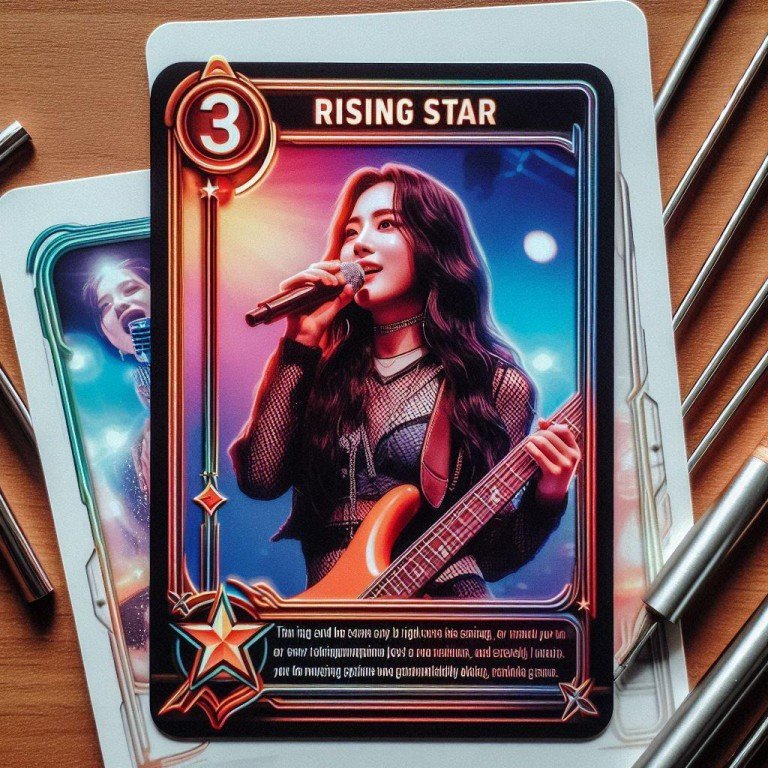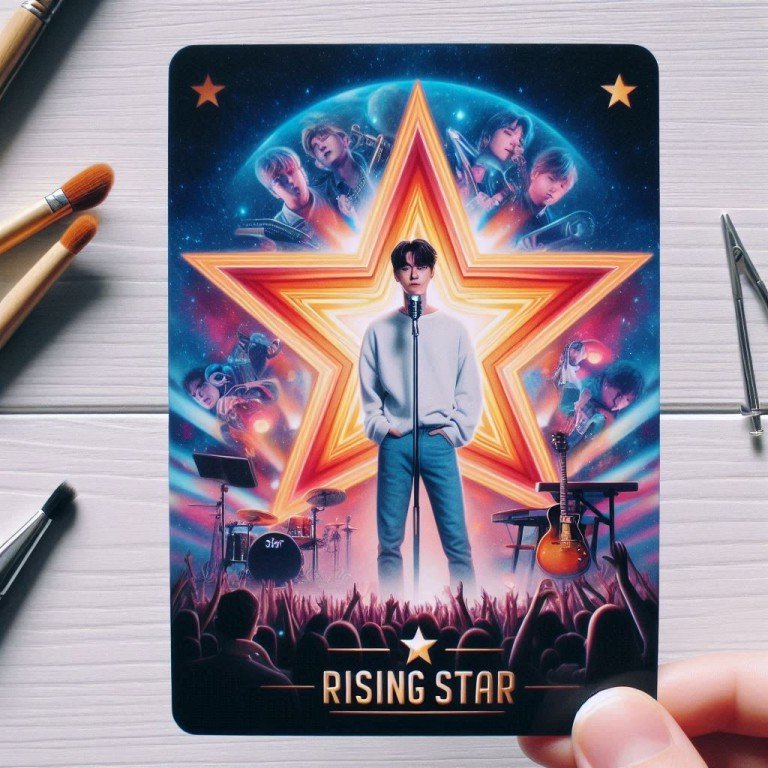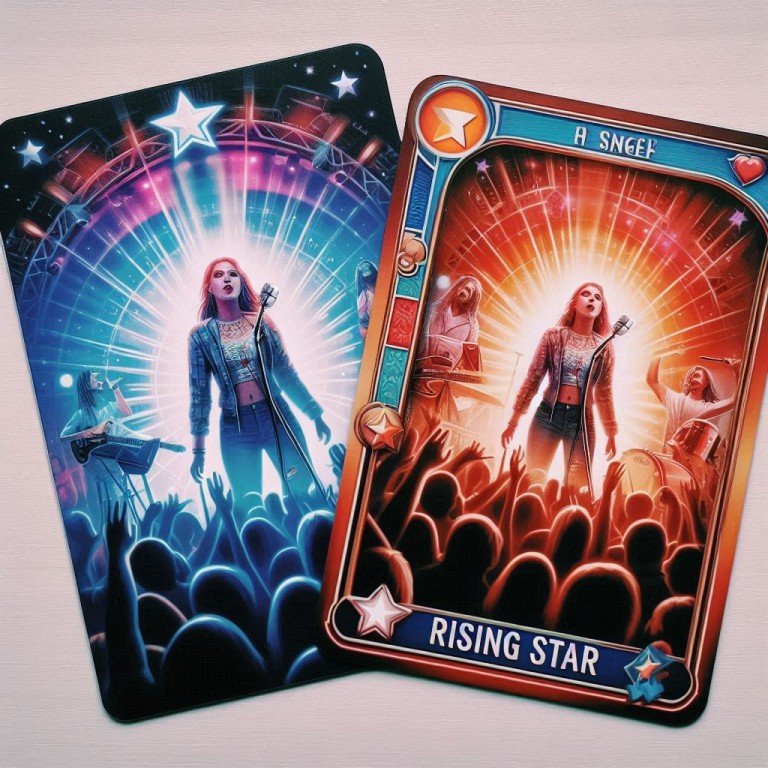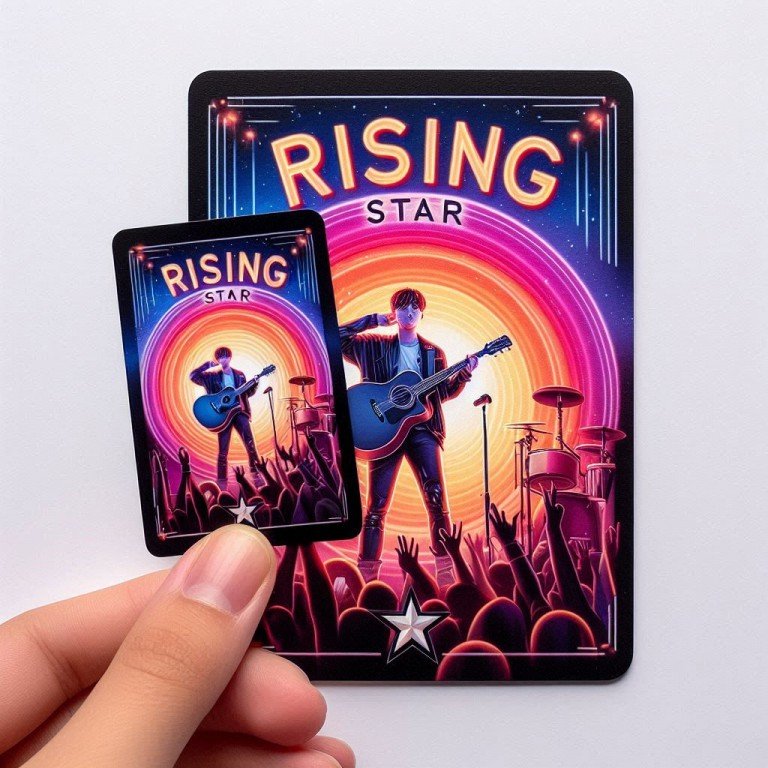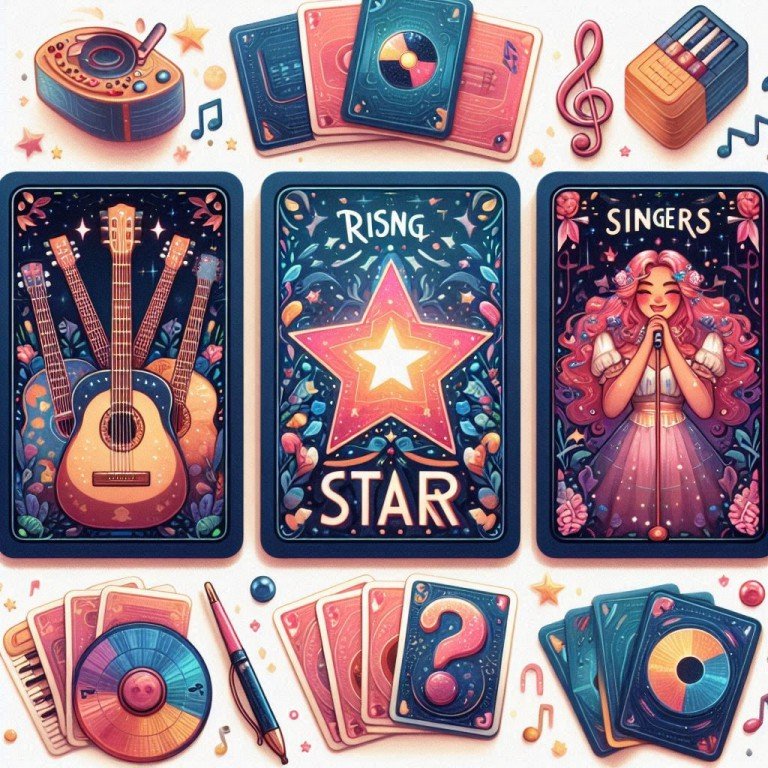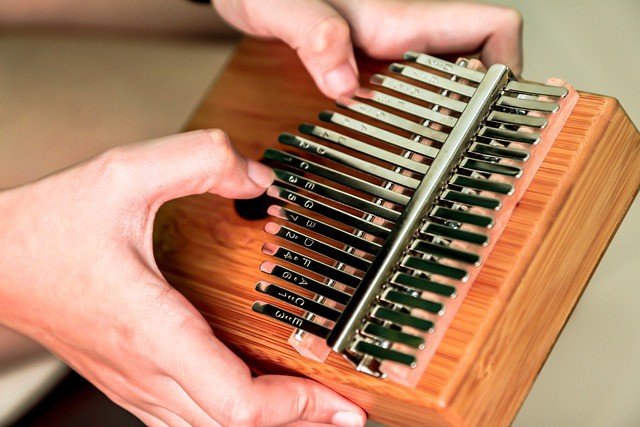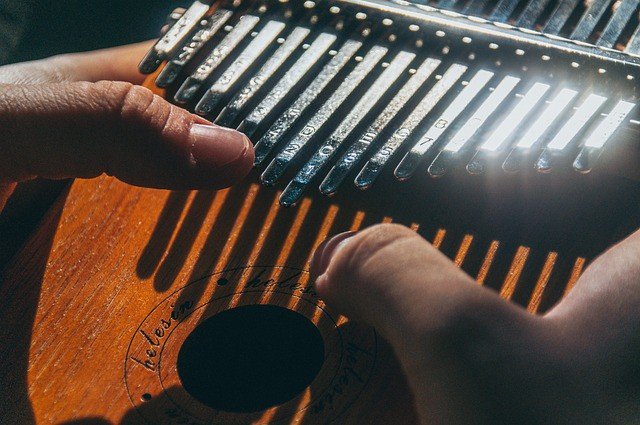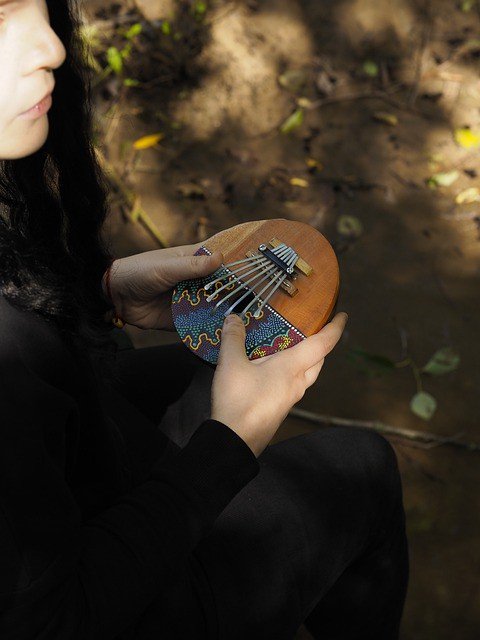Greetings to all my dear Rising Star friends, today I am very happy to share with you a new article on my blog. I want to tell you some interesting facts about a very interesting instrument, I am referring to the Kalimba. And, as usual, at the end of the post I will present you some fan art that I have created, inspired by our beloved game, Rising Star. Without further ado, let's begin.
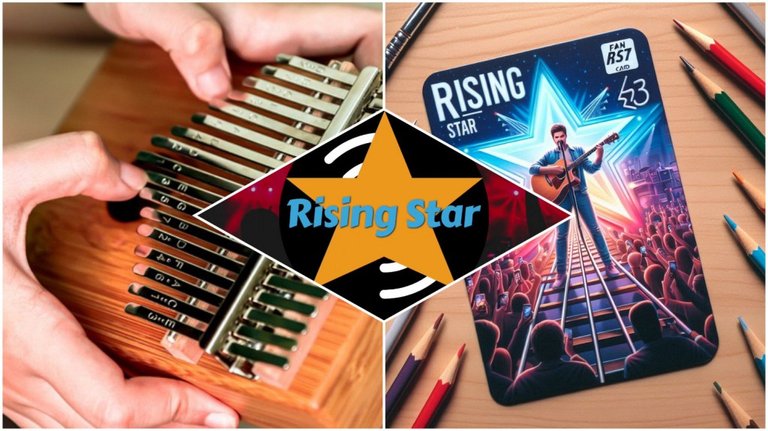
Source: Canva
Friends, to begin, I tell you that the kalimba is also known as sanza and likembe, but it also has many other names that vary depending on the region of the world. As far as we know, it is originally from sub-Saharan Africa. This instrument has more than 1,000 years of history. Archaeological remains in Zambia suggest that the kalimba was already used in 500 BC. It is amazing to think that something so old is still played, preserved and evolved into what we know today.
On the other hand, the kalimba has a special place in the culture of the Shona people of Zimbabwe, where it is considered a national instrument. It is used in religious ceremonies and of course many parties (), that cannot be missed. In fact, in 2020, UNESCO recognized the art of playing the mbira (another name for the kalimba) as Intangible Cultural Heritage of Humanity. There you can see the importance of this instrument.
Some say that the kalimba is a predecessor of the piano. It may sound surprising, but it makes sense when you consider that both instruments rely on the vibration of metal reeds to produce sound. The kalimba, with its metal (or sometimes bamboo) reeds attached to a wooden resonator, creates music when plucked with your thumbs. Imagine a portable piano that you can carry in your hands - that's what the kalimba is.
On the other hand, ethnomusicologist Hugh Tracey is an important figure in the popularization of the kalimba outside of Africa. It is known that in the 1950s, Tracey was impressed with this instrument and began to manufacture and distribute it under the name "kalimba." Thanks to him, today we can enjoy its sound in every corner of the world. So you know who to thank in part 😀.
- The kalimba comes in various shapes and sizes, from small models with 5 keys to versions with more than 150 keys, such as the Array Mbira. Some are made of wood, others of acrylic, and there are even electric kalimbas that can be connected to amplifiers for an even more powerful sound.
Some interesting facts you should know:
The kalimba can create a "wah-wah" effect by covering and uncovering holes in the back of the instrument. This is achieved by modulating the airflow in the resonator, which alters the sound of the notes.
Some kalimbas are made from coconuts. Yes, coconuts (). In certain regions, coconut shells are used as resonators, which gives the instrument a natural tone. I've only seen it in photos, but I'd like to see it in person.
Artists like Earth, Wind & Fire and Laura Mvula have incorporated the sound of the kalimba into their songs. This has made it more popular, you can imagine. Although of course you have to be careful to distinguish its sound among the many in a band.
On the other hand, like guitars and other instruments, kalimbas can be customized. Musicians can adjust the tuning of the resonators to create specific scales and sounds.
Rising Star Fan Art
Now, changing the subject, I present my post #74 about some of the fan art I've made with the help of DALL-E, inspired by our beloved game, Rising Star. In this post, I've used the card theme again along with several elements of the game. For example, I've added the star, some instruments and singers to give more personality to the images. Some of the images also have futuristic and retro touches, and I've added stages and concerts to give it a special touch.
The images are free to use, so you can use them from this post without any problem. I reiterate that they have been made by me with the help of DALL-E.
I hope you enjoyed this journey through the history and curiosities of the Kalimba. And that you liked the fan art. See you in a new post. Until next time friends, greetings to all.

